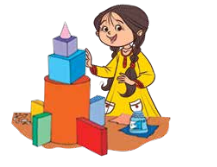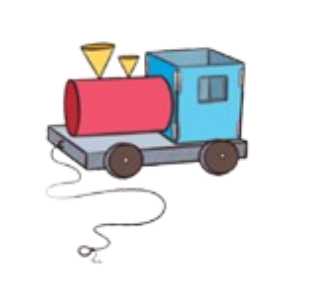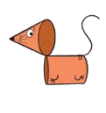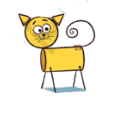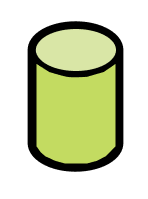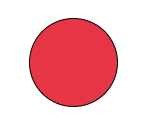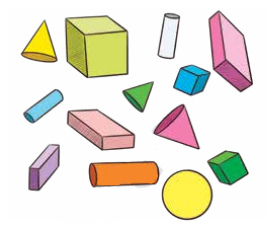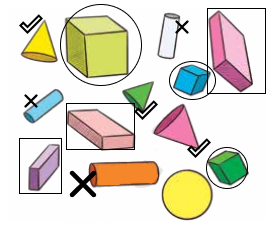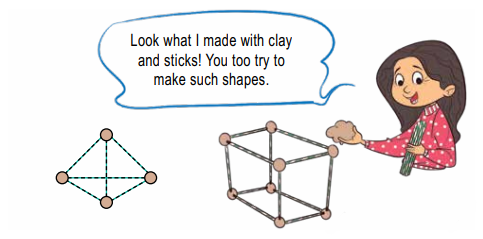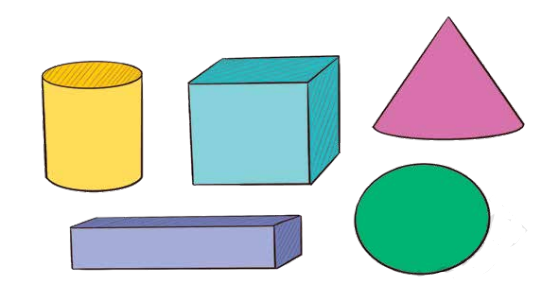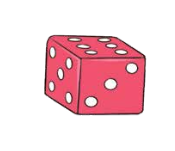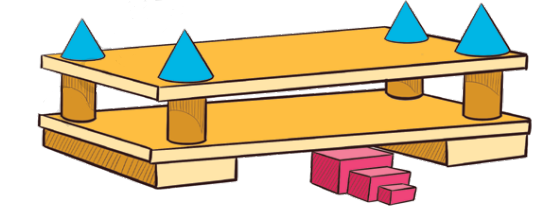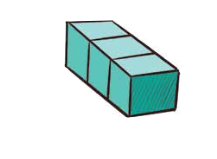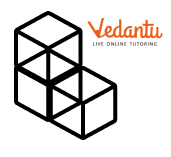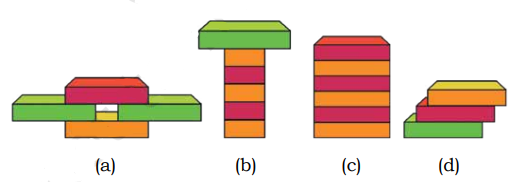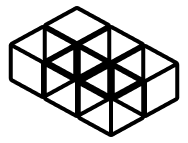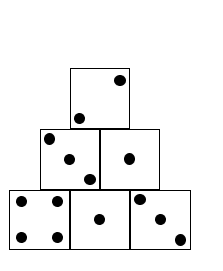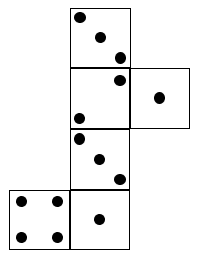Toy Joy - Exercise-wise Questions and Answers For Class 3 Maths - Free PDF Download
FAQs on NCERT Solutions For Class 3 Maths Chapter 2 Toy Joy - 2025-26
1. What concepts are covered in NCERT Solutions for Class 3 Maths Chapter 2 Toy Joy as per the CBSE 2025–26 syllabus?
NCERT Solutions for Class 3 Maths Chapter 2 Toy Joy cover different types of shapes (2D and 3D), their properties (edges, corners, faces), identification of shapes in real life, basic patterns, symmetry, and model building skills geared toward students’ understanding of geometry and spatial reasoning as per the CBSE 2025–26 syllabus.
2. How are 2D and 3D shapes differentiated in Class 3 Maths Chapter 2 NCERT Solutions?
In Class 3 Maths Chapter 2, 2D shapes are flat and have only length and width, such as square, rectangle, circle, and triangle. 3D shapes have length, width, and depth, such as cube, cuboid, cone, and cylinder. The chapter helps students identify and compare these types through activities and examples.
3. What is the correct method to solve shape identification questions in Class 3 Maths Chapter 2 NCERT Solutions?
- Look at the number and type of faces and corners.
- Check for curved vs. straight edges.
- Relate each shape to a familiar real-world object (e.g. a ball is a sphere, a box is a cuboid).
4. How do NCERT Solutions for Class 3 Maths Chapter 2 help in understanding patterns and symmetry?
These solutions provide solved examples and reasoning that show how patterns are formed by repeating shapes, colors, or objects, and explain symmetry as when one half of a shape mirrors the other. Students practice recognizing and creating both concepts through guided exercises.
5. What are common misconceptions when building models in Class 3 Maths Chapter 2 Toy Joy?
- Confusing faces with edges in 3D shapes.
- Assuming a sphere has edges or corners.
- Incorrectly stacking shapes not as per the required model instructions.
6. Why is understanding shapes important in Class 3 Maths Chapter 2 NCERT Solutions?
It builds a foundation for geometry, helps in everyday object recognition, improves spatial awareness, and enhances problem-solving skills, which are all critical learning outcomes as stated in the CBSE 2025–26 syllabus.
7. What strategies are recommended for answering pattern identification questions in Toy Joy?
- Observe the sequence of shapes or colors.
- Spot the repeating unit (motif).
- Predict the next item by continuing the sequence.
8. How does the NCERT Solution for Class 3 Maths Chapter 2 explain real-life applications of shapes?
Solutions connect each geometric shape to real-world objects (e.g., cube = dice, cylinder = water bottle), helping students identify shapes around them and apply geometric thinking to their surroundings.
9. What are the correct answers for shape-face relationships in Class 3 Maths Chapter 2 as per NCERT Solutions?
- Cube: 6 flat faces, 12 edges, 8 corners
- Sphere: 1 curved face, no edges, no corners
- Cuboid: 6 flat faces, 12 edges, 8 corners
- Cylinder: 2 flat, 1 curved face, 2 edges, no corners
10. What approach should be taken when there are multiple ways to build a shape in Class 3 Maths Chapter 2?
NCERT Solutions advise visualizing and experimenting with models (e.g., using clay or blocks) to discover all possible arrangements, and carefully counting each unique configuration to develop analytical skills.
11. How does Chapter 2 Solutions align with the latest CBSE exam trends and question patterns?
Solutions follow the stepwise CBSE marking scheme for short and long answers, highlight common board question phrasing, and prepare students for pattern-based and practical problems seen in recent exams.
12. What is the significance of symmetry as described in NCERT Solutions for Class 3 Maths Chapter 2?
Symmetry is shown as a key property where two halves of a shape are mirror images. Solutions provide simple hands-on tests (e.g. folding paper) to spot symmetry, making it easier to understand and apply in practical questions.
13. What are some frequent errors made by students in Class 3 Maths Chapter 2 shape questions and how do NCERT Solutions address them?
- Counting incorrect number of faces or edges.
- Mixing up shape names (e.g., calling a cube a cuboid).
- Incorrectly completing sequences in pattern tasks.
14. How should a student use NCERT Solutions for Class 3 Maths Chapter 2 to prepare effectively for exams?
Students should practice each solved example, attempt all exercises stepwise, verify their answers with provided solutions, and clarify any mistakes using the solution explanations. Regular revision as per the CBSE 2025-26 syllabus ensures a strong grasp of basic geometry and problem-solving.
15. What types of 'toy building' model questions are included in Class 3 Maths Chapter 2 NCERT Solutions?
Model questions involve arranging cubes, cuboids, cones, and cylinders to form different structures. Solutions describe each arrangement step, ensuring students learn to solve for both counting and sequence of shapes accurately.



















